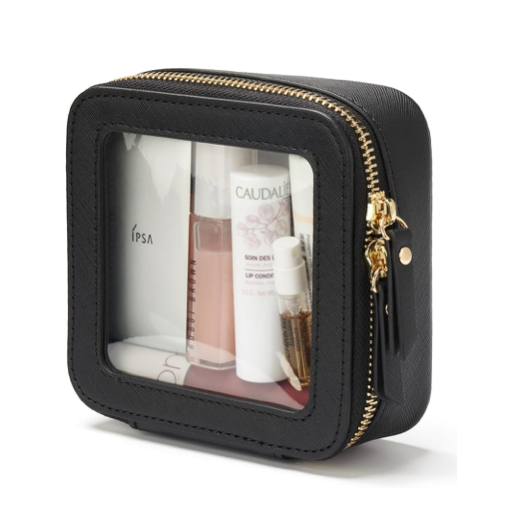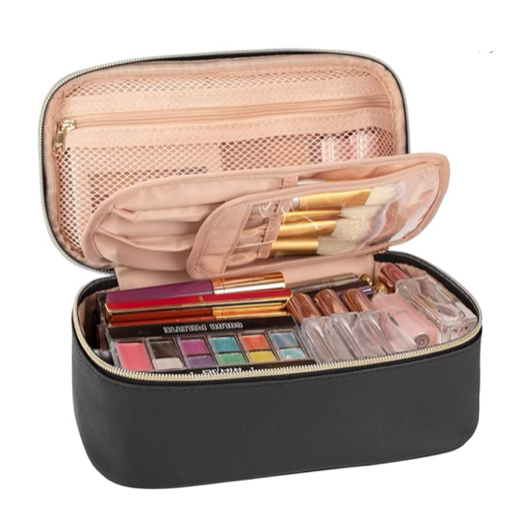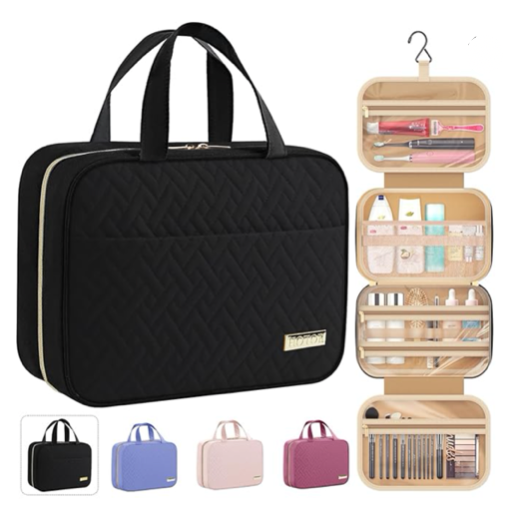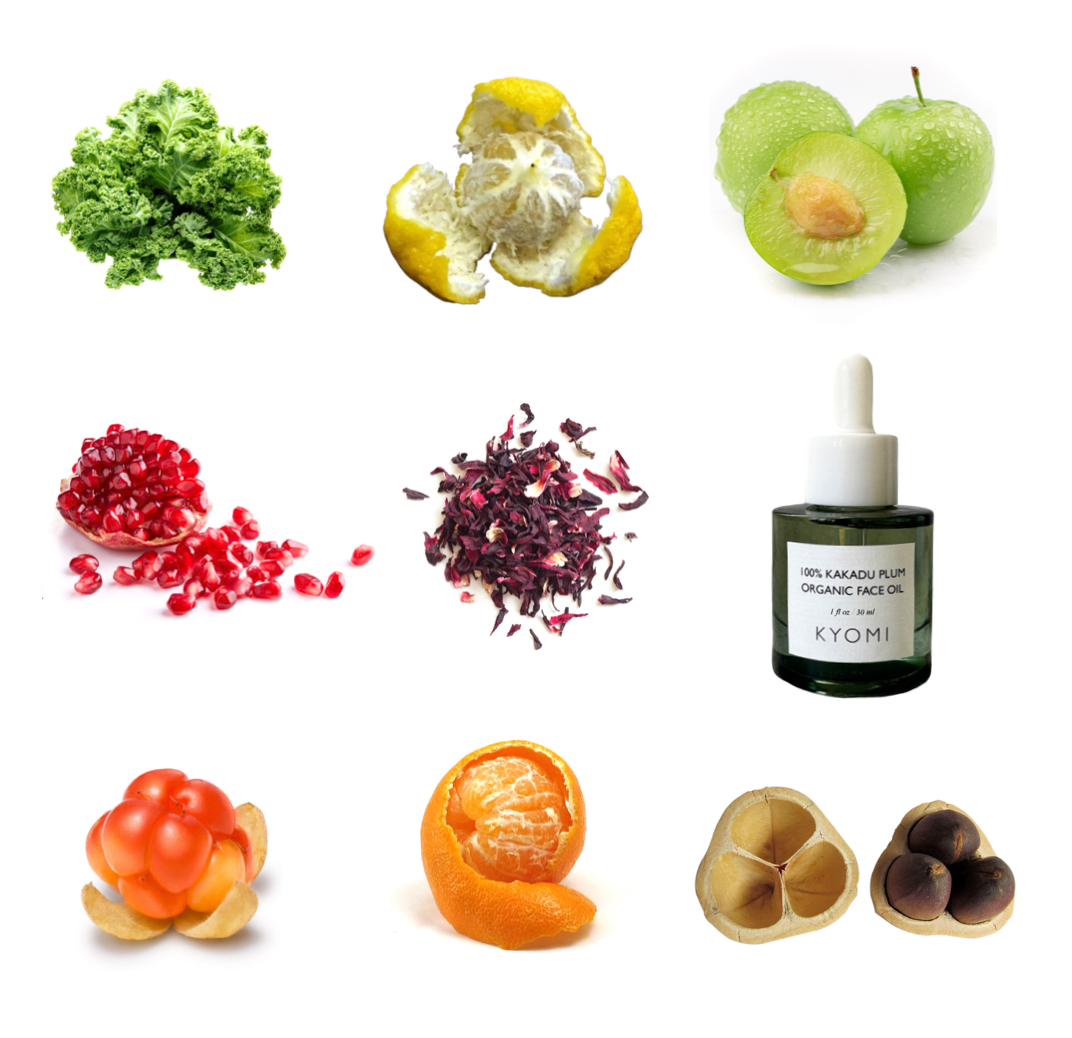When Do Wrinkles Start?
One of the most common questions people ask about skincare is: “When do wrinkles start?” It’s understandable — aging is one of those universal experiences we all think about. But despite what beauty ads and birthday cards might suggest, there’s no magical birthday when fine lines suddenly appear. Wrinkles don’t show up overnight — they’re the result of years of biology, lifestyle, and environment all working together.
Some people notice their first lines in their mid-20s. Others barely see a crease until their 40s. And some age more quickly in one area (like the eyes) while other parts of their face remain smooth for decades. This variation isn’t random — it’s rooted in how your skin works, how you care for it, and even the tiny habits you might not realize affect your complexion every single day.
If you’ve ever worried that you’re “aging too early” — or that you’re behind on anti-aging care — this guide is for you. We’ll break down why there’s no set age for wrinkles, how they form, what really accelerates them, and how simple habits like using face oils and gentle exfoliates can help your skin look vibrant at any age.
There’s No Magic Age: Why Wrinkle Timing Varies
The myth of a universal “wrinkle age” is persistent — you’ll hear people say, “They start at 30!” or “You don’t need to worry until 40.” But science tells a different story. Wrinkle development is highly individual and influenced by a complex mix of factors:
1. Genetics: Your Built-In Blueprint
Genetics play a major role in how soon you’ll see lines appear. If your parents developed crow’s feet early, there’s a higher chance you might too. Your genes influence everything from collagen production to skin thickness and elasticity — all key players in wrinkle formation [1].
2. Sun Exposure: The #1 Accelerator
About 80% of visible facial aging is caused by exposure to ultraviolet (UV) radiation — a phenomenon called photoaging [2]. UV rays break down collagen and elastin, the proteins that keep your skin firm and smooth. They also damage skin cells’ DNA, accelerating aging and even increasing cancer risk. Daily SPF is the single most important defense you have.
3. Facial Expressions: Micro-Movements Add Up
Every smile, frown, and squint contributes to wrinkle formation. Over decades, repeated muscle contractions cause the skin to crease, leading to expression lines — especially around the eyes, mouth, and forehead [3].
4. Lifestyle: Daily Habits That Make a Difference
Smoking, poor diet, stress, and lack of sleep all accelerate aging. Smoking, for example, constricts blood flow and floods the skin with free radicals, which damage collagen and elastin [4]. A nutrient-rich diet and proper hydration, on the other hand, support skin resilience from the inside out.
5. Skincare Routine: Support or Sabotage
Your skincare habits can either help your skin age gracefully or speed up visible signs of aging. Neglecting hydration, skipping sunscreen, or over-stripping your skin with harsh products all compromise your barrier — and an impaired barrier shows aging faster. Meanwhile, incorporating gentle exfoliates and nourishing face oils supports cell renewal and strengthens your skin’s defense systems.
How Wrinkles Form: A Slow and Steady Process
To understand when wrinkles start, it helps to understand how they start.
1. Collagen and Elastin Decline
Collagen gives skin its structure and firmness, while elastin allows it to bounce back. Starting in your mid-20s, your body produces about 1% less collagen each year [5]. This gradual decline leads to thinner skin, reduced elasticity, and the first signs of fine lines.
2. Cell Turnover Slows
Young skin renews itself roughly every 28 days. By your 40s, that turnover slows to about 45–60 days [6]. This means dead skin cells stick around longer, causing a dull appearance and emphasizing wrinkles. Regular exfoliation can help counteract this slowdown and reveal fresher, smoother skin.
3. Moisture Loss and Lipid Depletion
As we age, our skin produces fewer natural oils and ceramides. Without these lipids, the skin barrier becomes weaker and less able to retain moisture — a key reason why mature skin often feels dry and crepey. Face oils help replenish this natural barrier and trap moisture where it’s needed most.
The Myth Busting Section: 5 Common Wrinkle Myths Debunked
There’s a lot of misinformation about aging. Let’s clear up some of the most common myths:
Myth #1: Wrinkles Only Start After 30
Not true. Some people see fine lines in their mid-20s, while others won’t notice them until their 40s. Genetics, sun exposure, and skincare habits matter more than age [7].
Myth #2: Moisturizer Alone Can Prevent Wrinkles
Moisturizer is helpful but it doesn’t stop collagen breakdown or photoaging. A comprehensive approach — including sunscreen, antioxidants, and exfoliation — is key [8].
Myth #3: Only Dry Skin Gets Wrinkles
While dry skin may show wrinkles more dramatically, oily skin also experiences collagen loss and structural changes. Hydration and barrier care are essential for every skin type.
Myth #4: Once You Have Wrinkles, It’s Too Late
False. While you can’t erase wrinkles completely without cosmetic procedures, a strong skincare routine can dramatically reduce their appearance and slow new ones from forming.
Myth #5: Exfoliating Causes Wrinkles
On the contrary, gentle exfoliation encourages cell turnover, removes dull dead cells, and can soften the look of fine lines over time — especially when paired with hydrating serums and face oils [9].
Prevention at Every Age: What to Do in Your 20s, 30s, 40s, and Beyond
There’s no wrong time to start thinking about wrinkle prevention. Here’s how to support your skin in each decade:
In Your 20s: Build the Basics
-
Daily SPF 30+ (even indoors near windows)
-
Gentle exfoliation 2–3 times per week
-
Lightweight hydration and antioxidant serums
In Your 30s: Boost Cell Renewal
-
Continue SPF and antioxidants
-
Add regular exfoliates to support slower cell turnover
-
Begin incorporating nourishing face oils for lipid support
In Your 40s: Repair and Strengthen
-
Consider peptides, retinoids, or growth factors for collagen support
-
Prioritize barrier repair and deep hydration
-
Exfoliate gently but consistently to keep texture smooth
50s and Beyond: Restore and Protect
-
Richer face oils and ceramide creams to counter moisture loss
-
Emphasize collagen-supportive ingredients
-
Daily sun protection remains essential
The Role of Exfoliation in Anti-Aging
Exfoliation isn’t just for acne-prone teens — it’s a vital anti-aging step. As cell turnover slows, dead cells linger, exaggerating fine lines and dullness. Gentle exfoliates — such as lactic acid, polyhydroxy acids (PHAs), or enzyme-based formulas — dissolve that buildup and reveal fresher skin underneath [10]. This not only improves texture but also enhances the penetration of serums and moisturizers, making the rest of your routine more effective.
See Face Exfoliators →
Why Face Oils Are a Wrinkle-Fighting Essential
Face oils often get misunderstood, but they’re one of the most powerful tools for aging skin. As lipid production drops with age, oils help replenish the natural barrier and lock in moisture — both critical for soft, supple skin. Many botanical oils also contain antioxidants, which help neutralize free radicals and reduce oxidative stress, a major driver of premature wrinkles [11].
Look for oils rich in linoleic acid, squalane, or vitamins C and E. These nourish, protect, and smooth the skin while amplifying hydration — especially when layered after exfoliation.
See the Face Oil Collection →
FAQs: Wrinkle Timing and Prevention
Q: What’s the average age people notice wrinkles?
Most people notice their first fine lines between 25 and 35, but this varies widely based on genetics, sun exposure, and lifestyle [1].
Q: Can exfoliating too often cause wrinkles?
Harsh, frequent exfoliation can damage the skin barrier, but gentle exfoliates used correctly actually help soften fine lines by supporting cell turnover [9].
Q: Are face oils better than moisturizers for aging skin?
They work differently. Moisturizers add water, while face oils seal it in and provide barrier support. Combining both gives the best results [11].
Q: Can wrinkles ever go away naturally?
While deep wrinkles won’t disappear without procedures, many fine lines can become far less noticeable with consistent skincare, sun protection, and hydration [8].
The Takeaway: Wrinkles Are Natural — But You’re Not Powerless
Wrinkles are not a sign that you’re doing anything wrong — they’re simply part of being human. There’s no clock ticking toward a universal “wrinkle age.” What matters more is how you care for your skin today. Daily SPF, gentle exfoliation, nourishing face oils, and consistent hydration can significantly delay the visible signs of aging and keep your skin glowing well into the future.
Aging gracefully isn’t about chasing youth — it’s about supporting your skin’s natural rhythm so it can age on its own terms.
See the Face Oil Collection →
See Face Exfoliators →
See Face Toners→
References
-
Bolognia JL et al. Dermatology, 4th ed. Elsevier, 2017.
-
Gilchrest BA. The Journal of Investigative Dermatology. 2013;133(E1):E2–E6.
-
Carruthers J, et al. Dermatologic Surgery. 2008;34(Suppl 1):S2–S8.
-
Morita A. Journal of Dermatological Science. 2007;48(2):77–86.
-
Varani J, et al. American Journal of Pathology. 2006;168(6):1861–1868.
-
Rittié L, Fisher GJ. Mechanisms of Ageing and Development. 2002;123(7):801–810.
-
Healthline. “When Do Wrinkles Start?” https://www.healthline.com
-
American Academy of Dermatology. “Wrinkle Remedies.” https://www.aad.org
-
Harvard Health Publishing. “Exfoliation and Skin Aging.” https://www.health.harvard.edu
-
Medical News Today. “Exfoliation and Cell Turnover.” https://www.medicalnewstoday.com
-
WebMD. “The Benefits of Face Oils.” https://www.webmd.comperfect, remember this style of blog post












